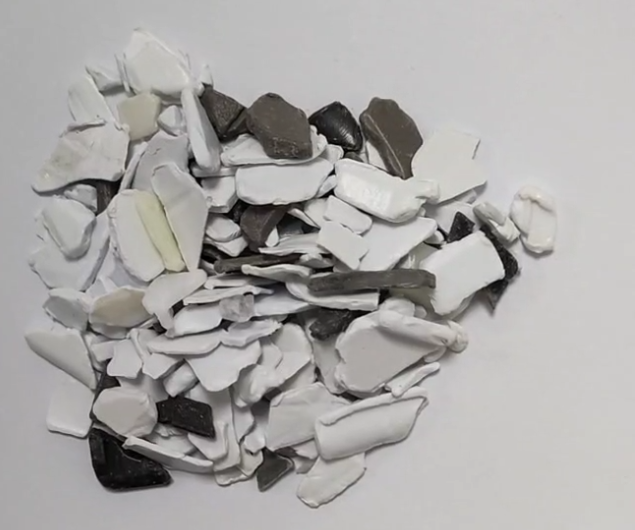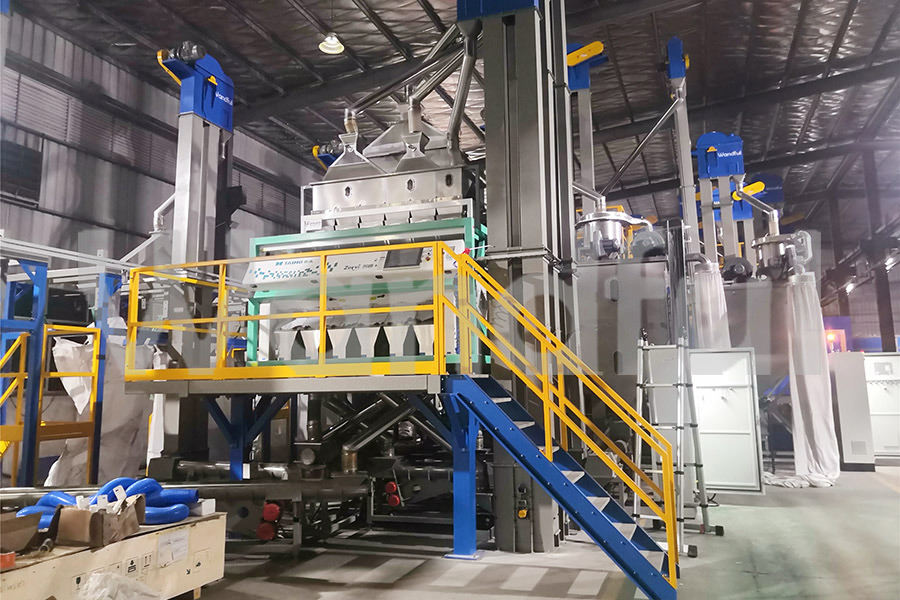China generates a massive amount of electronic waste each year. Although electronic waste is considered hazardous, it also contains recyclable resources such as precious metals, rare metals, plastics, glass, ceramics, and rubber, all of which have high recycling value. Recycling electronic waste not only meets the requirements of circular economy development but also helps protect the environment.

In the past, manual sorting and overall crushing processes were commonly used in China. It is known that waste plastics obtained through other recycling methods often contain various plastic mixtures. For example, refrigerators contain three types of plastics: ABS, PS, and PP. After the initial wet density separation process, PP can be effectively separated, but ABS and PS cannot be separated due to their similar densities. Therefore, the second step involves using a high-voltage electrostatic separator for sorting.
Now, for the mixed plastics obtained from crushed waste refrigerators through processes such as eddy current, electromagnetic, washing, and flotation, the Wandefu electrostatic separator is utilized. By adjusting the moisture content of the raw materials and parameters such as voltage, feeding speed, and electrode spacing of the electrostatic separator, the optimal electrostatic sorting conditions can be achieved. This results in higher product sorting purity and production efficiency, ultimately increasing the value of the products.

The moisture content of the mixed plastics has a certain influence on the sorting effect. Lower moisture content benefits the material performance and sorting efficiency in electrostatic separation. This is because lower moisture content makes the plastic particles more prone to friction and charging, thereby obtaining better electrostatic forces in the electric field, which leads to the separation of PS and ABS particles. As a result, higher separation purity of the plastics is achieved. On the other hand, higher moisture content increases the humidity of the frictional environment, which is generally considered unfavorable for frictional electrostatic separation